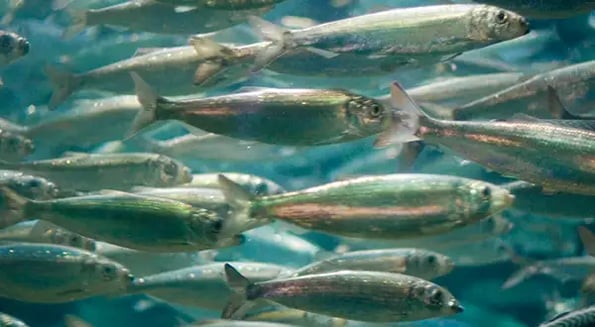The lobster industry is boiling hot thanks to a healthy population of the coveted coastal crustaceans — and an even healthier appetite among claw-craving customers.

But despite the booming business, the industry is stuck in an unexpected trap: Regulators imposed a strict limit on this year’s haul of herring (the bait used to lure lobsters), leaving lobstermen high and dry.
The lobster business is on a roll
Starting around 2012, lobster fishers started pulling in record-breaking hauls that were 6x larger than lobster hauls were in the 1980s (thanks, in part, to warming coastal waters and declining fish schools).
Lobsterpalooza hit an all-time peak in 2016 when the industry brought in a record-breaking $670m harvest.
But as lobster levels have increased, herring availability has declined: As recently as 2014, the herring haul was 200m pounds. But thanks to new fish protections, this year’s catch will be less than 40m pounds.
Now, herring and lobster are in the same boat
Metaphorically, that is — losing the little fish poses a big problem for lobster-trappers because it raises the cost of bait.
For now, lobster fishers will use other types of less common fish and frozen herring to keep surf and turf on the menu — but those limited supplies will only last so long, and prices are bound to increase.

